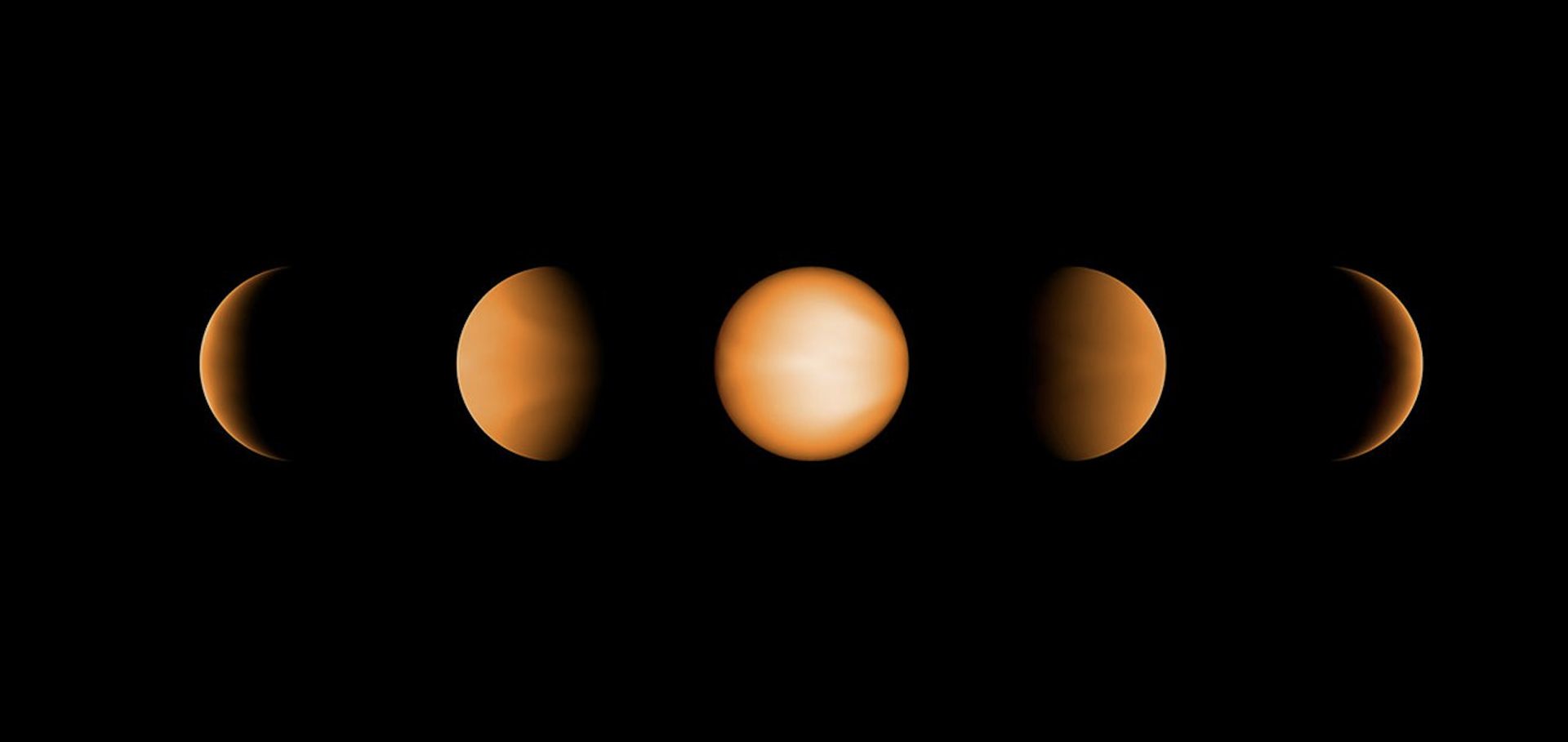An HST/WFC3 Thermal Emission Spectrum of the Hot Jupiter HAT-P-7b
The Astronomical Journal American Astronomical Society 156:1 (2018) 10-10
Formation of Silicate and Titanium Clouds on Hot Jupiters
The Astrophysical Journal American Astronomical Society 860:1 (2018) 18-18
H− opacity and water dissociation in the dayside atmosphere of the very hot gas giant WASP-18b
Astrophysical Journal: Letters American Astronomical Society 855 (2018) L30
Abstract:
We present one of the most precise emission spectra of an exoplanet observed so far. We combine five secondary eclipses of the hot Jupiter WASP-18b (T day ~ 2900 K) that we secured between 1.1 and 1.7 μm with the Wide Field Camera 3 instrument on board the Hubble Space Telescope. Our extracted spectrum (S/N = 50, R ~ 40) does not exhibit clearly identifiable molecular features but is poorly matched by a blackbody spectrum. We complement this data with previously published Spitzer/Infrared Array Camera observations of this target and interpret the combined spectrum by computing a grid of self-consistent, 1D forward models, varying the composition and energy budget. At these high temperatures, we find there are important contributions to the overall opacity from H− ions, as well as the removal of major molecules by thermal dissociation (including water), and thermal ionization of metals. These effects were omitted in previous spectral retrievals for very hot gas giants, and we argue that they must be included to properly interpret the spectra of these objects. We infer a new metallicity and C/O ratio for WASP-18b, and find them well constrained to be solar ([M/H] = −0.01 ± 0.35, C/O ≺ 0.85 at 3σ confidence level), unlike previous work but in line with expectations for giant planets. The best-fitting self-consistent temperature–pressure profiles are inverted, resulting in an emission feature at 4.5 μm seen in the Spitzer photometry. These results further strengthen the evidence that the family of very hot gas giant exoplanets commonly exhibit thermal inversions.An Observational Diagnostic for Distinguishing between Clouds and Haze in Hot Exoplanet Atmospheres
The Astrophysical Journal American Astronomical Society 845:2 (2017) L20-L20
THE IMPACT OF NON-UNIFORM THERMAL STRUCTURE ON THE INTERPRETATION OF EXOPLANET EMISSION SPECTRA
The Astrophysical Journal American Astronomical Society 829:1 (2016) 52-52


